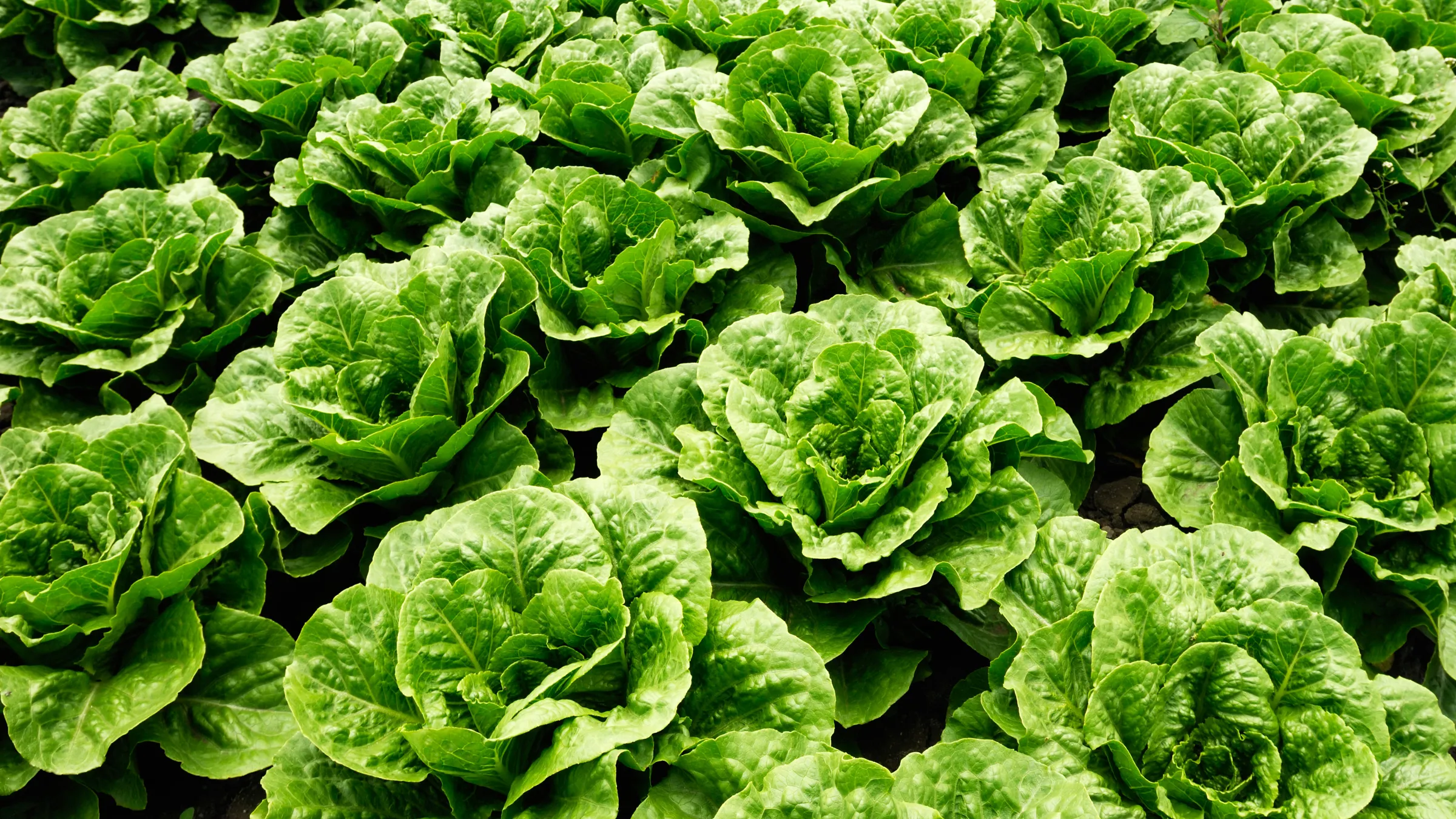



Article by: Hari Yellina
Lockyer Valley lettuce growers, who have been ravaged by a series of natural calamities, are in desperate need of a multi-million-dollar rescue plan, according to the industry’s top body. After February’s floods and months of unseasonably wet weather, Growcom acting chief executive Richard Shannon said some lettuce growers had lost their third harvest in a row, putting their businesses at risk of failure. After months of shortages and bad weather, iceberg lettuce prices in major supermarkets have risen to as high as $12 per head, while other fresh veggies are still selling at high costs. Due to continued supply difficulties caused by flooding in the United States, fast food chain KFC has warned consumers to expect a mix of lettuce and cabbage in its products.
Mr Shannon told reporters that, “We are a little bit careful about establishing a direct line between any one natural disaster and increased pricing and consequences in the supermarket aisle, but that is the case this time around.” “If you’d gone out to the Lockyer Valley a week ago, you would have smelled rotting crops.” Growcom is urging the state and federal governments to devise a “generous” relief plan for farmers, comparable to the one provided to cattle producers in the northwest following the 2019 floods. Mr Shannon said the rainy weather in south-east Queensland had a similar impact on local economies as the devastating monsoon, which caused $2 billion in damage and killed thousands of cattle.
“[Lettuce growers] haven’t been able to get in to harvest, and where they have, just a small fraction of the crop is market-ready and disease-free,” Mr Shannon explained. For lettuce producers and other crops around the state [and] northern NSW, it’s been a catastrophic season out in the Lockyer Valley.” Mr Shannon said Growcom was concerned about the knock-on consequences of farmers closing up shop on local communities in the Lockyer Valley. “Unfortunately, this means that these growers will abandon the industry,” he said. “It’s a very difficult time.” In the Lockyer Valley, it’s a terrible moment. “Those places out there, like Laidley and Gatton, rely on the horticulture industry for jobs,” he says. “They’re the lifeblood of those particular communities and economies.”
The Sunshine Coast’s pineapple and strawberry crops, as well as tomatoes and capsicums produced as far north as Bowen, have all been harmed by Queensland’s extremely rainy fall. Disaster assistance was made available under “long-standing federal-state disaster funding arrangements,” according to Queensland Agriculture Minister Mark Furner. Mr Furner said, “Queensland has introduced an online survey for producers to help speed up the timetable for doing the required damage assessments so that this assistance is made accessible.” “Primary producers outside of declared disaster areas can apply for a disaster-affected property declaration and get aid.”